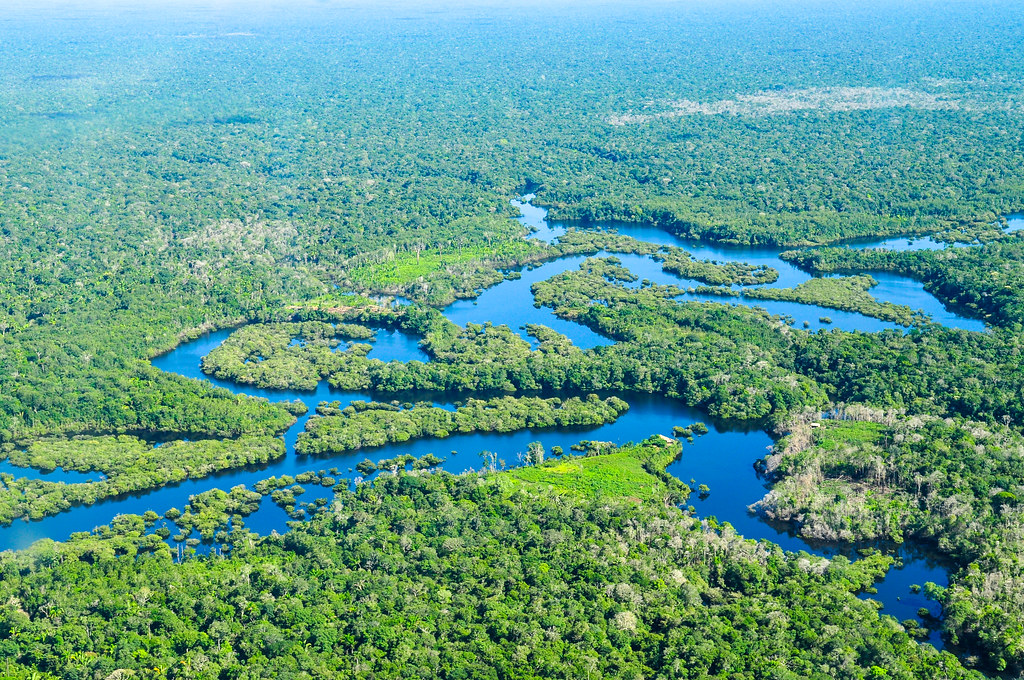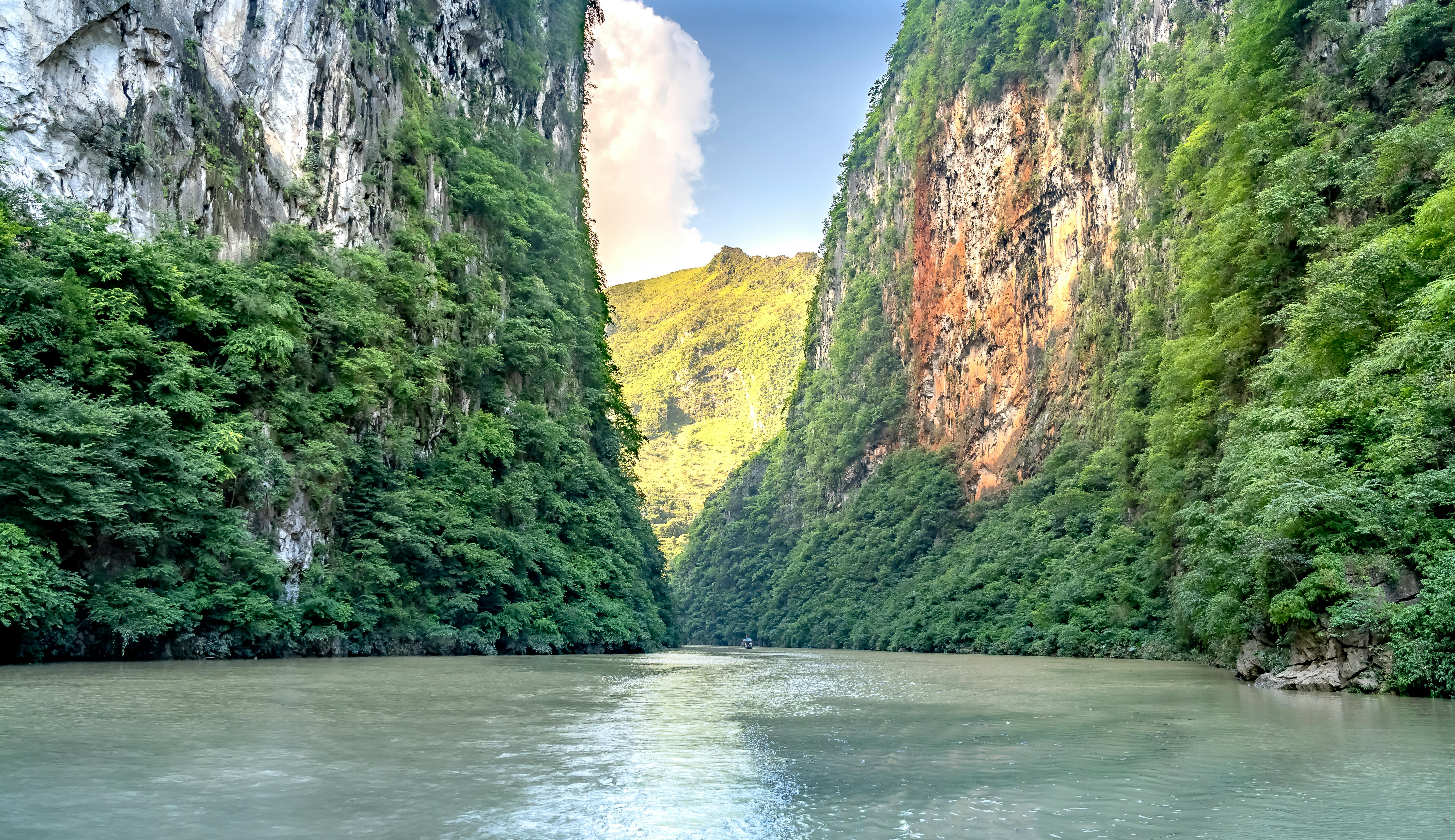Biodiversity is a critical measure of the health and resilience of the planet’s ecosystems. It encompasses the variety of all living organisms on Earth, including plants, animals, fungi, and microorganisms, as well as the genetic differences within these species and the ecosystems they form.
While biodiversity is spread across the globe, it is concentrated most heavily in certain countries that, due to their geography, climate, and size, are home to especially rich and unique ecosystems. These countries are often referred to as “megadiverse” nations and we will explore that in this article.
Brazil

Brazil is widely recognized as the most biodiverse country on Earth. It is home to the largest portion of the Amazon Rainforest, which alone contains around 10 percent of all known species.
Brazil’s vast territory includes multiple biomes, such as the Cerrado savanna, the Atlantic Forest, the Pantanal wetlands, and the Amazon basin, each contributing unique species and ecosystems.
It hosts the highest number of known plant species, as well as thousands of mammals, birds, reptiles, and amphibians.
Brazil’s marine ecosystems are also rich, with extensive coastlines that support coral reefs and mangroves. Despite this natural wealth, Brazil faces serious threats from deforestation, mining, agriculture, and climate change, making conservation efforts a top priority.
Indonesia

Indonesia is another megadiverse country with extraordinary biodiversity, particularly due to its location between two major biogeographic realms: the Asian and Australasian.
The country consists of over 17,000 islands, many of which have evolved distinct species due to their isolation.
Indonesia is especially known for its coral reefs, which are part of the Coral Triangle and are among the richest marine habitats in the world. Its rainforests support iconic animals such as orangutans, Sumatran tigers, Komodo dragons, and a vast range of endemic birds and insects.
However, rapid deforestation, palm oil plantations, and illegal wildlife trade continue to threaten Indonesia’s unique ecosystems.
Colombia

Colombia ranks among the top three most biodiverse countries despite being significantly smaller than Brazil or Indonesia.
Its variety of ecosystems, from the Amazon and Orinoco basins to the Andes Mountains and both Pacific and Caribbean coastlines, support an incredibly wide range of species.
Colombia has the highest number of bird species in the world and is a hotspot for orchids, amphibians, and butterflies. Its geographic position at the meeting point of several major ecosystems contributes to this rich diversity.
After decades of armed conflict that limited development in remote areas, Colombia now faces new challenges in balancing conservation with infrastructure and economic expansion.
Mexico

Mexico is one of the most biodiverse countries in both flora and fauna, owing to its varied climate and topography. Its ecosystems range from deserts and high mountains to tropical rainforests and coral reefs.
Mexico has one of the highest numbers of reptile species globally and a significant number of endemic plant and animal species. The country's long coastlines on the Pacific Ocean and the Gulf of Mexico further enhance its marine biodiversity.
Despite significant progress in establishing protected areas, urbanization, habitat fragmentation, and pollution remain ongoing threats.
Australia

Australia's biodiversity is notable not only for its richness but also for its distinctiveness. As a continent that has been geographically isolated for millions of years, it is home to an exceptionally high number of endemic species found nowhere else on Earth.
These include iconic animals such as kangaroos, koalas, and platypuses, as well as a vast array of unique reptiles, insects, and flowering plants. Australia also has extensive coral reefs, including the world-famous Great Barrier Reef.
However, the country faces biodiversity loss due to habitat destruction, invasive species, and increasingly frequent wildfires linked to climate change.
Peru

Peru is another biodiversity powerhouse, thanks to its extensive Amazonian rainforests and the diverse climates created by the Andes Mountains.
It is one of the richest countries in terms of bird and fish species, and its forests are home to a wide variety of plants, mammals, and insects.
Indigenous knowledge and traditional practices have played a vital role in maintaining ecological balance. Yet, like many other biodiverse nations, Peru must grapple with illegal logging, mining, and agricultural expansion that threaten its natural heritage.



















